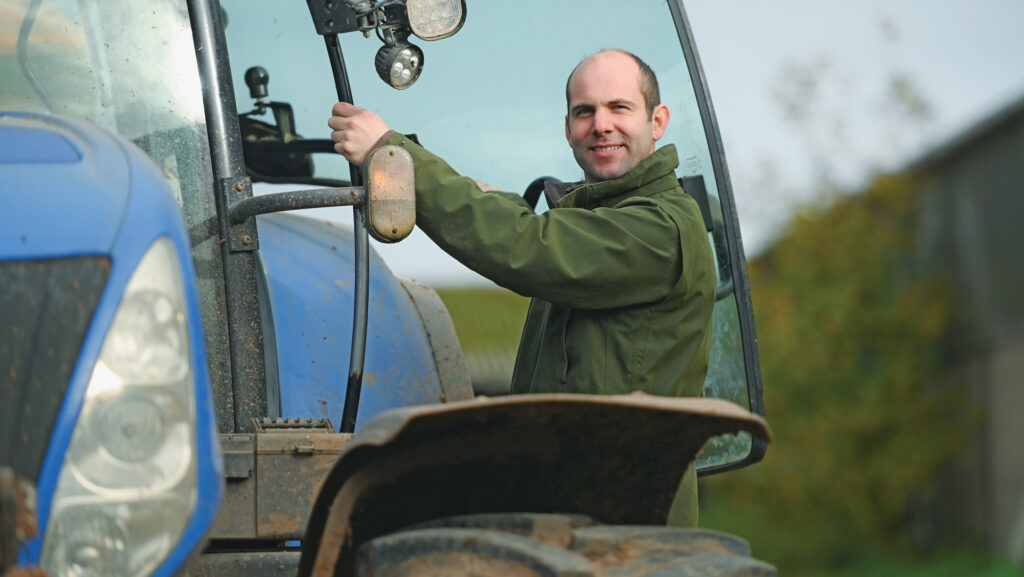Farmer Focus: Biochar in broiler bedding on test
 Dan Phillips © Richard Swingler
Dan Phillips © Richard Swingler November is one of the quietest times of the year on the farm, giving everyone a bit of a breather and me the chance for a valuable few days away from the farm.
While a short break with two under-fours is not overly relaxing, a change is as good as a rest, or so they say.
See also: How topping up manure with biochar has improved soil health
The crops are drilled, the spraying is done and most of the stock has been bought.
Even so, there still seems plenty to do: fencing, maintenance, and the erection of a new machinery shed so we can get all the kit in the dry for the winter.
As mentioned in my last article, we have been busy buying in store cattle and lambs.
Currently, we are taking part in an interesting trial using biochar. This is essentially woodchips that have been through the process of pyrolysis (or super heating)
The cattle are still being bought, but after picking up a few store lambs locally and then having two artic loads down from Yorkshire, we are pretty much full up with lambs for now.
Autumn-sown grass seeds are holding up well, but with a lot of rain forecast, we will soon be looking to move the lambs onto some permanent pasture, to avoid poaching the new seeds.
They will remain there until the new year, where we will then aim to fatten the majority straight off turnips.
The one constant on the workload front is our broilers enterprise. These quieter winter months can give us the opportunity to experiment and try a few new things.
Currently, we are taking part in an interesting trial using biochar. This is essentially woodchips that have been through the process of pyrolysis (or super heating).
They are then incorporated into the initial straw pellet bedding at the start of the crop.
The idea is that the biochar absorbs and locks up the ammonia in the shed, leading to fewer ammonia emissions into the atmosphere.
As well as improving bird welfare through a reduction in foot pad dermatitis and hock burn, which are both caused by ammonia, litter should be drier because of the high absorption rate of the biochar.
Inclusion rates are 5%, 10% and 20% over three cycles.
The environmental credentials of the product have attracted the backing of one of the big supermarkets, so it will be interesting to see if on-farm results prove its merit, or if it is a case of a supermarket trying to improve its environmental image.

